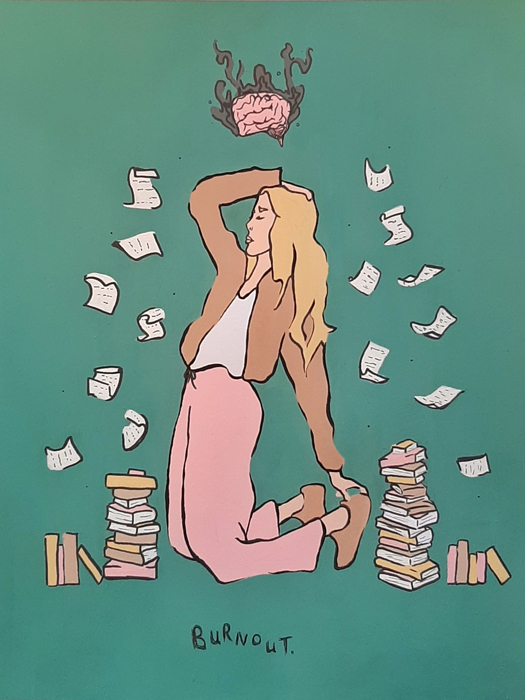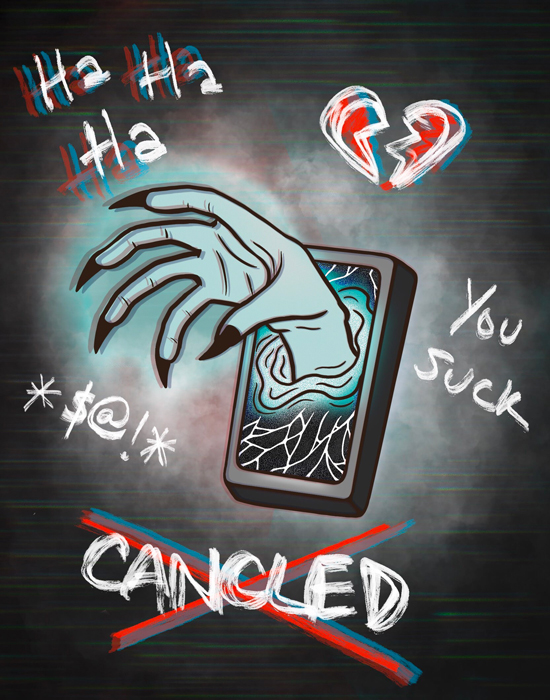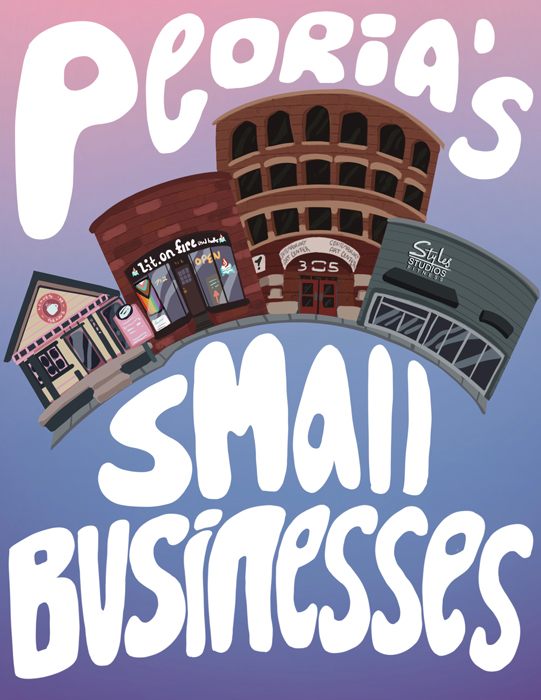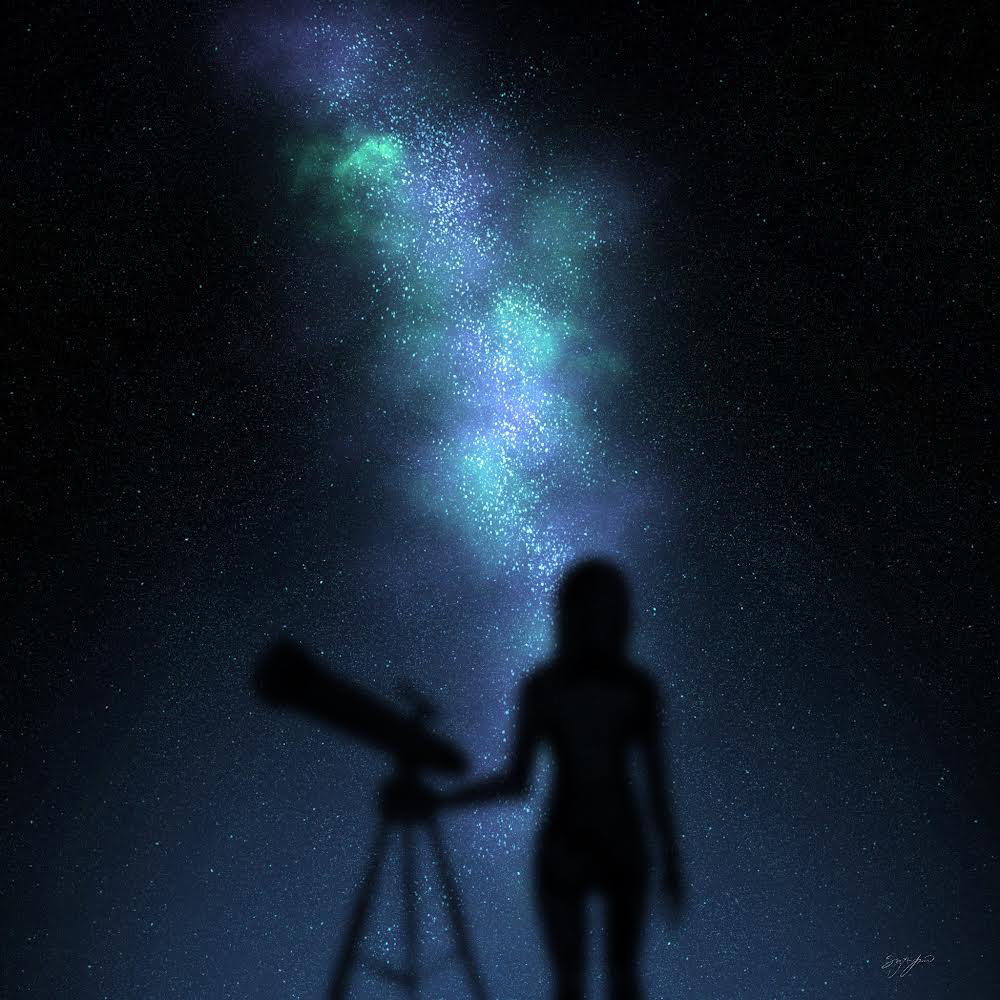The Enduring Legacy of Chess
by Izaak Garcia It’s a timeless yet ever-changing game—with almost unlimited ways to play. Moves. Counter-moves. Moves to the countermoves. Dominating space. Thinking one, two,three steps ahead of your opponent. Alwayslooking through the ranks of pawns, knights,and bishops for the next attack on the king.This is the age-old game that is chess, andsince it was …





